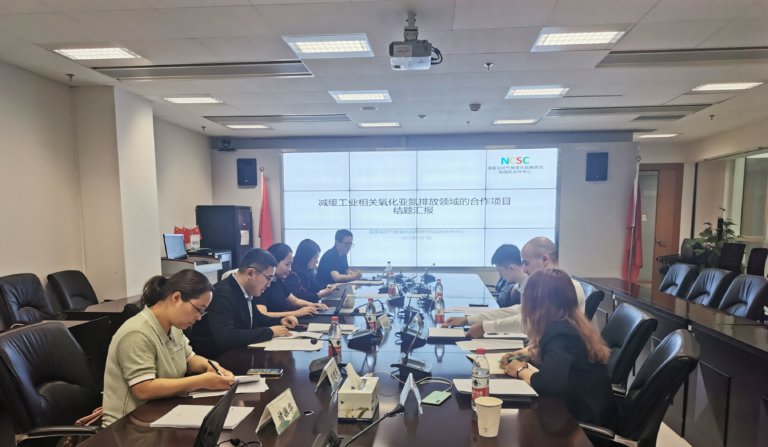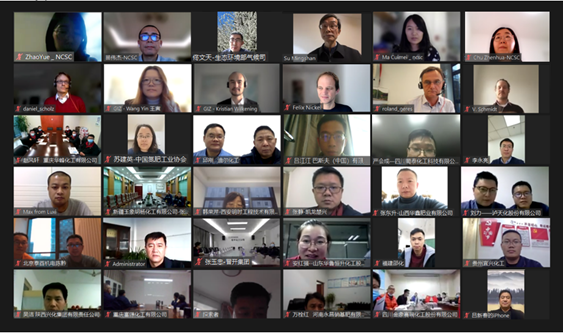06 December 2017 – Decades of reliance on coal-generated power coupled with unprecedented economic growth have left China the world’s largest emitter of greenhouse gases, but also galvanised a clear ambition to transform its economy into a more sustainable and low-carbon one. One driver of this transition is the power market reform, an ongoing process that restarted in 2015. A second driver is the national ETS that will cover the power sector from the end of 2017. It will be critical that power market reform goes hand in hand with ETS design to ensure that both drivers combine to ensure the transition to a green economy. Much can be learnt in this regard already from the pilot ETSs that have operated under different regulatory structures and with differences in policy design (e.g. allocation, price management) since 2013.
Against this background, the Deutsche Gesellschaft für Internationale Zusammenarbeit (GIZ) and the International Carbon Action Partnership (ICAP) jointly organized a half-day workshop on ‘Emissions Trading and Power Sector Regulation’ in Hangzhou. The event was co-organized by SinoCarbon Innovation & Investment Co., Ltd. and the Huadian Electric Power Research Institute. Furthermore, strong support was given by the Chinese Society for Electrical Engineering (CSEE), which held a conference for the inauguration of its new working group on ETS on the morning of the same day.
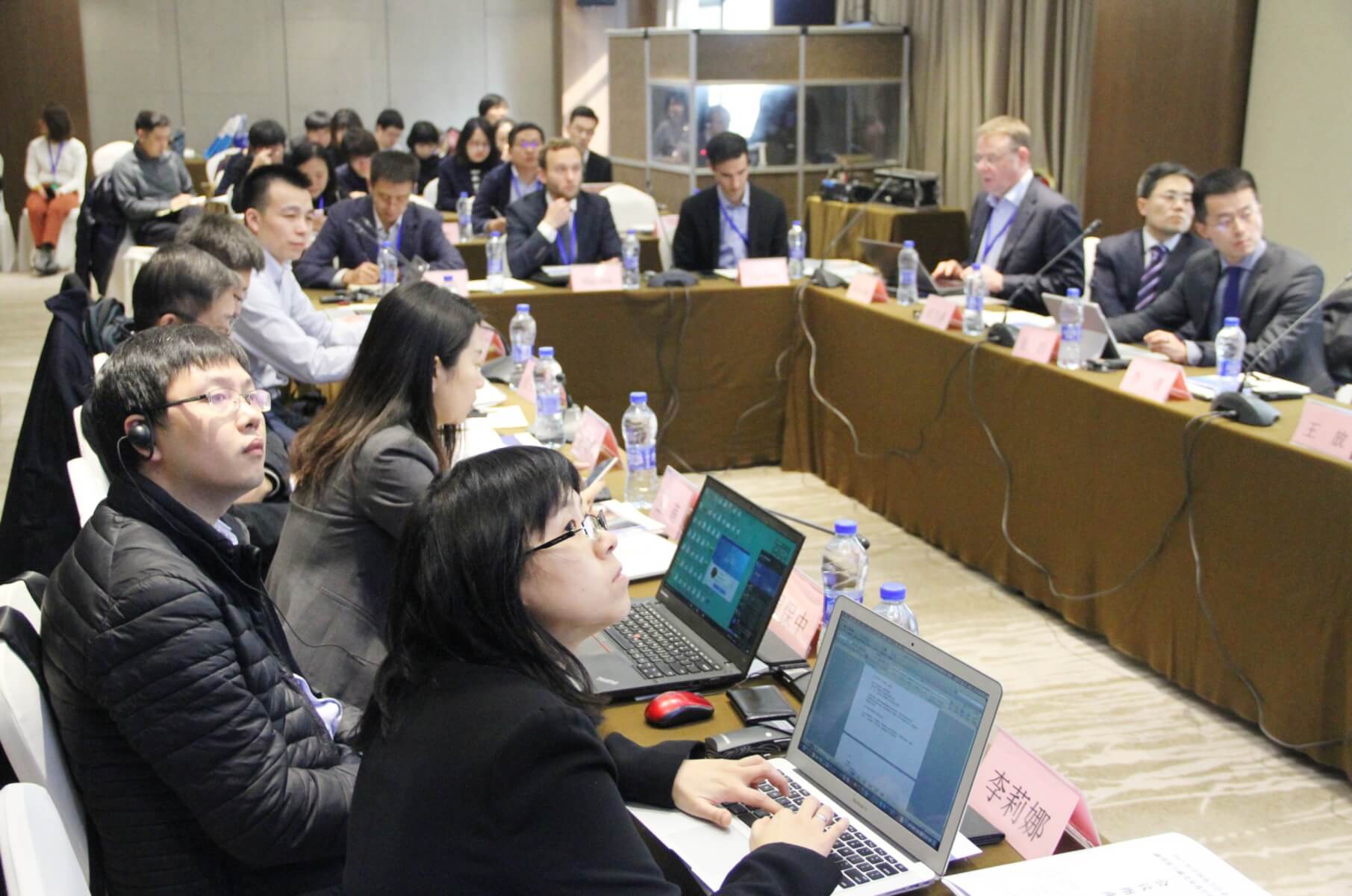
Emissions trading experts from China and Europe took part at the workshop. Three keynote speeches by LI Jifeng (State Information Center of China), William ACWORTH (ICAP) and Felix MATTHES (Öko-Institut) set the fundament for the proceeding panel discussion between nine high-level representatives from a broad range of research centers (Energy Research Institute and Tsinghua University), energy and environment exchanges (Shanghai and Guangzhou) and power companies (Shenhua Group and Huadian). The small group of around 30 participants from diverse backgrounds allowed an active and fruitful exchange of ideas and experiences.
There was a general consensus among the experts that power sector reform is a vital element of China’s transition towards a low-carbon economy with ETS as one of the key policy instruments. In his keynote speech, LI Jifeng explained the process of power sector reform, with power tariff reform at its core, followed by dispatch, distribution and transmission price reforms. These reforms enable the core abatement mechanism of an ETS, as in the market based cost pass through of an ETS induced carbon price to power generators and consumers. William ACWORTH presented a conceptual framework in order to analyse the individual cost pass through channels in different regulatory structures. It showed that all abatement channels are open in liberal markets and the resulting clear and credible long-run carbon price signal drives long-term dynamic efficiency in the forms of investment, decommissioning and innovation.
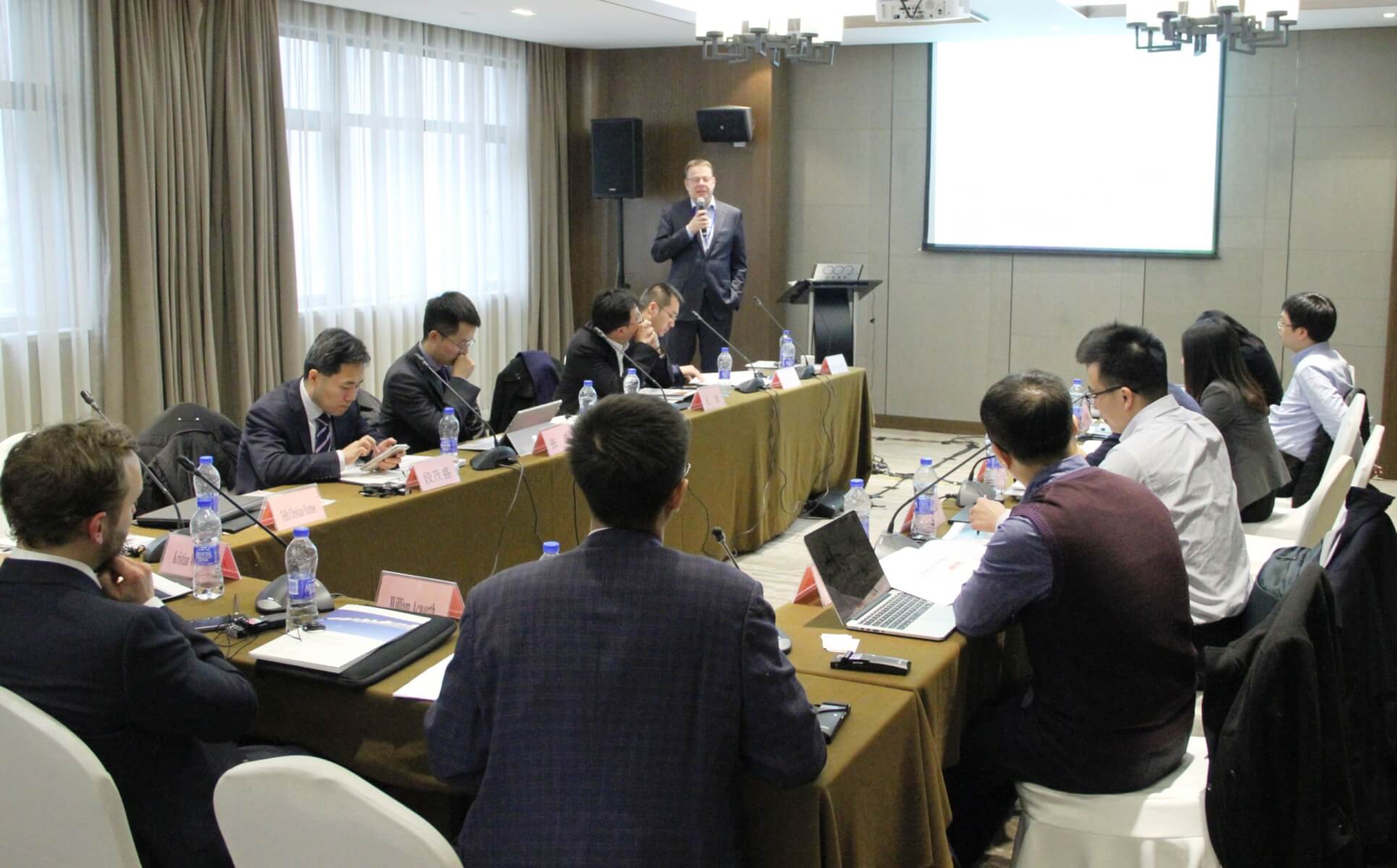
Furthermore, Felix MATTHES highlighted the crucial impact of allocation mechanisms and economic dispatch on investment decisions. The Californian ETS serves as a good example for innovative solutions for the dissonance between the power sector’s fully liberalized wholesale market and highly regulated retail market. The fundamental innovations were to include indirect emissions and introduce consignment auctions in order to maintain the full price signal in the wholesale market, while simultaneously shielding the retail prices and consumers. It became evident that the key challenge in ETS design is to achieve hybrid solutions with the perfect mix of allocation and distribution approaches.
The panel discussion confirmed the overall positive attitude from private and public actors towards power sector reform and ETS, while also underlining the importance of a broad strategy and policy mix, as well as a long-term roadmap for the zero GHG economy. Recommendations for companies were discussed, including appropriate monitoring, reporting and verification (MRV) processes, as well as internal management and strategic issues. The provincial level representatives reiterated the need for information and clarity on the future national ETS design in order to establish a working plan for the integration of new regulations.
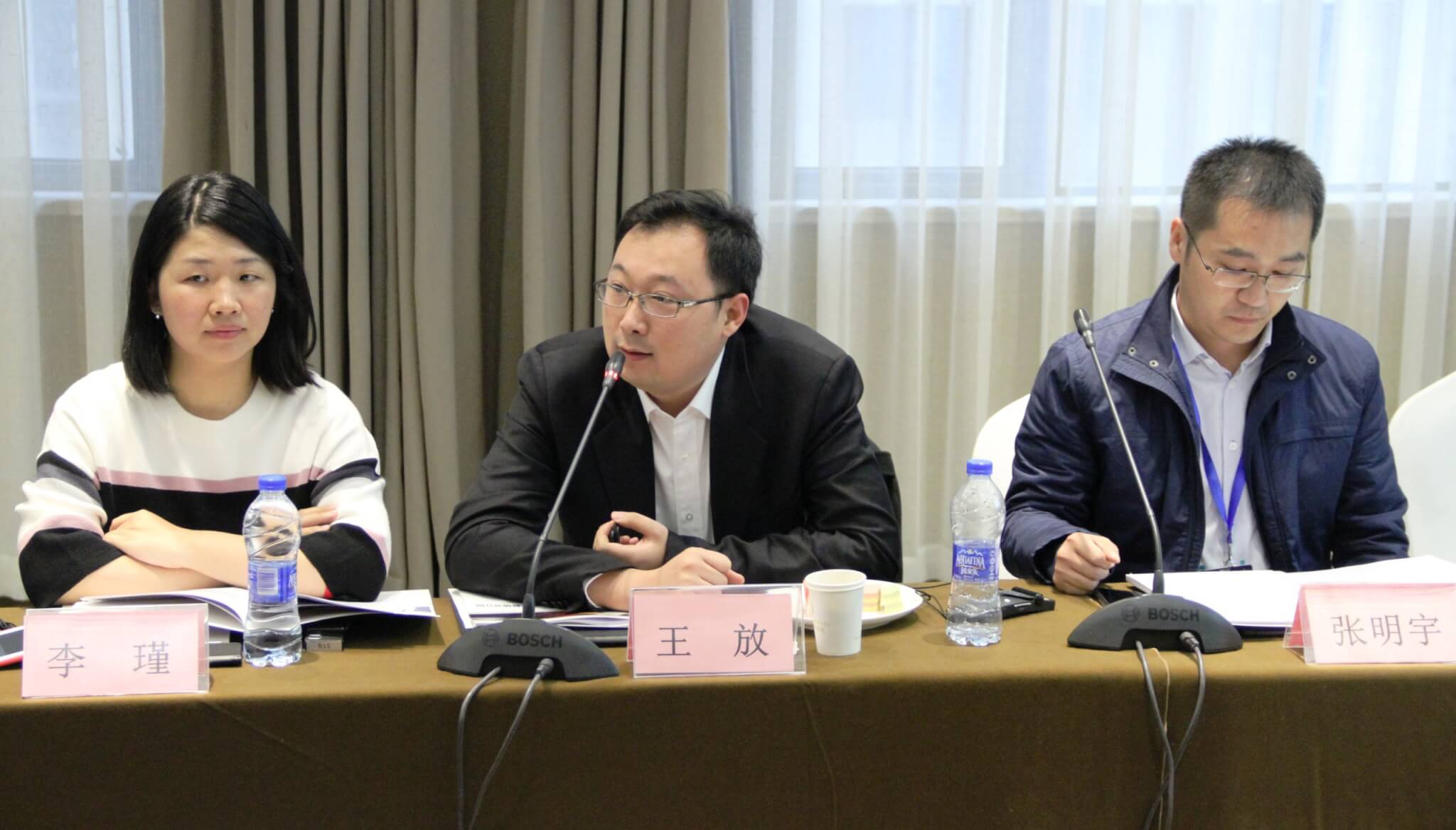
The announcement for the launch of the national ETS will follow shortly. While the main structure of the national ETS is ready, design details such as the mechanism for the allocation of allowances remain to be revealed. It is clear however, that the power sector will be the first sector to be covered by the national ETS which the workshop on power sector regulation and ETS has contributed to.
